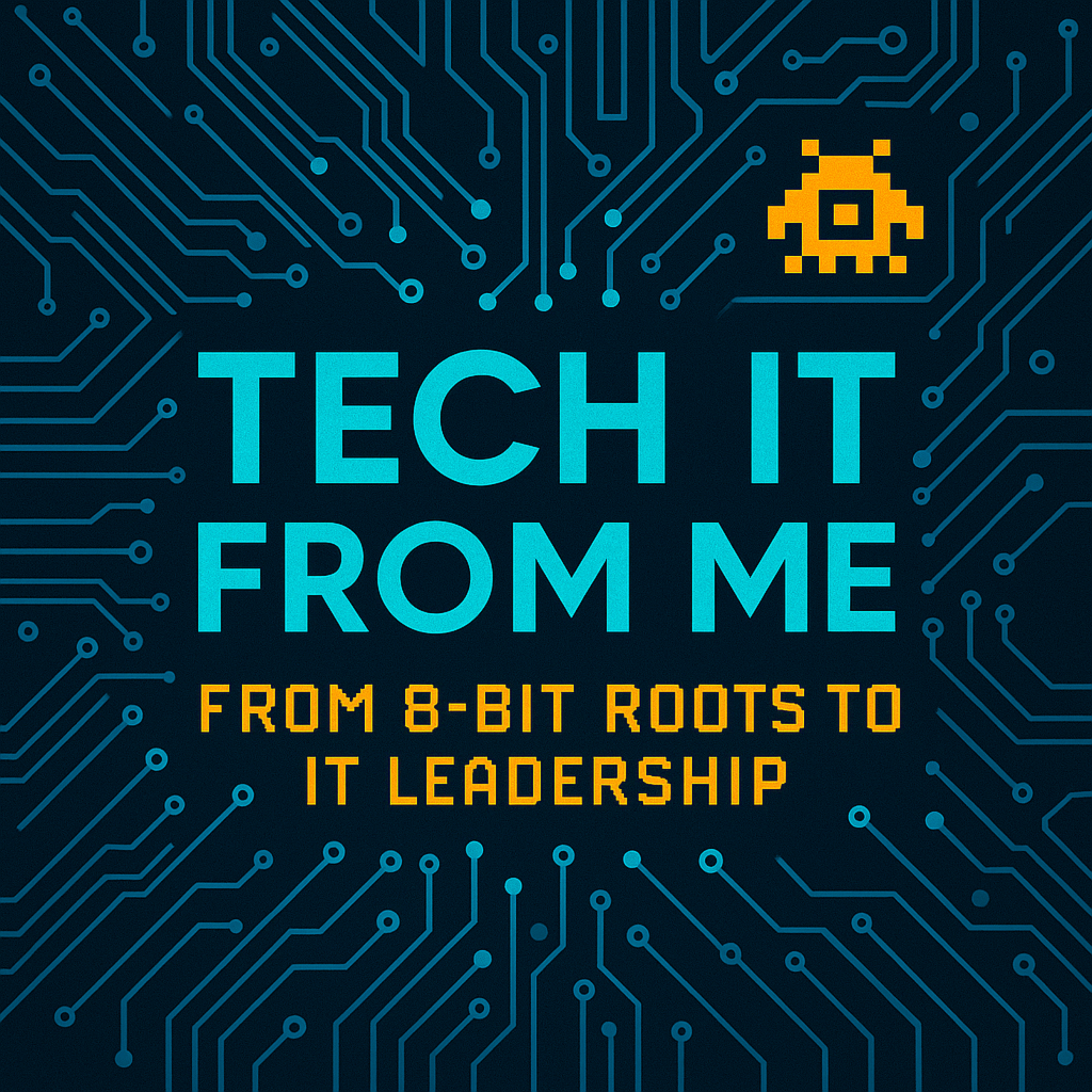
On July 9, 2025, Nvidia became the world’s first $4 trillion publicly traded company.
Let that sink in for a second.
A company that once built graphics cards for gamers is now worth more than Amazon and Google combined.
How did Nvidia pull off this historic leap? And what does it tell us about the future of AI, tech infrastructure, and your own career strategy?
Table of Contents
🎮 From Gaming to Global Dominance
Back in 1993, Jensen Huang and two friends founded Nvidia with a simple bet: the future of computing was visual. Their breakthrough came in 1999 with the GeForce 256, the world’s first GPU. For gamers, this meant faster frame rates and better visuals. For Nvidia, it planted its flag as the dominant force in graphics processing.
But here’s where the story gets interesting.
Researchers soon realized GPUs weren’t just good for gaming. Their architecture – built for massive parallel processing – was perfect for complex calculations like scientific simulations, financial modelling, and eventually… artificial intelligence.
⚙️ The CUDA Breakthrough
In 2006, Nvidia launched CUDA (Compute Unified Device Architecture). It allowed developers to program GPUs for general-purpose computing, unlocking applications far beyond graphics rendering.
Fast forward to 2012: Geoffrey Hinton and his team used Nvidia GPUs to train AlexNet, a deep neural network that crushed its competition in image recognition. This breakthrough proved that GPUs could dramatically accelerate AI model training, slashing compute times from weeks to days.
And just like that, Nvidia’s role shifted from gaming hardware maker to the backbone of the AI revolution.
🧱 Building an Unbreakable Ecosystem
Nvidia didn’t stop at chips. They built an entire ecosystem: CUDA, TensorRT, software libraries, and developer tools that made it easy to integrate Nvidia hardware into AI workflows.
Switching away from Nvidia? That meant rewriting your entire stack and losing optimizations. This strategic lock-in secured their dominance.
They expanded into data centre GPUs, professional visualization, and high-performance computing, cementing their place as a critical enabler of technological innovation.
🌊 Riding the Generative AI Wave
The launch of ChatGPT in late 2022 ignited the generative AI boom. Companies rushed to build AI assistants, creative tools, and large language models – all needing massive GPU compute power.
Nvidia’s H100 GPUs, costing up to $40,000 USD each, became the gold standard. Their upcoming B100 promises even better performance per watt, keeping Nvidia ahead in the AI arms race.
🔢 The Numbers Don’t Lie
- 2016 Revenue: ~$7 billion (mainly gaming GPUs)
- 2024 Revenue: >$60 billion (AI and data centre demand)
Their market cap has doubled in a year, surpassing Microsoft and Apple at points, firmly placing Nvidia among the top three most valuable companies globally.
If AI is the gold rush, Nvidia is selling the picks and shovels. And business is booming.
⚠️ But Is It Sustainable?
Here’s where the debate heats up.
Risks to Nvidia’s Future:
- Competitors: AMD, Intel, Google TPUs, and AI hardware startups like Cerebras and Graphcore are catching up with purpose-built chips.
- Supply Chain: Nvidia depends on TSMC in Taiwan for manufacturing – any geopolitical disruptions could impact production.
- AI Monetization: If enterprises can’t profit quickly from AI, budgets for expensive GPUs may tighten, slowing Nvidia’s growth trajectory.
🌐 A New Infrastructure Arms Race
Just like the cloud wars of the 2010s, AI has sparked a new infrastructure race. Every major tech giant is building massive GPU clusters to power generative AI tools, models, and enterprise solutions.
But this race is also accelerating innovation:
- Open-source AI models optimized for efficiency
- New chip architectures like neuromorphic and photonics-based computing
- Custom AI accelerators from Amazon (Trainium) and Google (TPU)
Nvidia is king today, but as history shows, dominance never lasts forever.
🧠 Lessons From Nvidia’s Rise
Their story isn’t just about hardware. It’s about vision, strategic execution, and building ecosystems that lock in customers for the long term.
Key Takeaways for Tech Professionals:
- Stay Ahead of Trends.
Nvidia invested in CUDA years before AI was mainstream. Ask yourself: Where is the next wave coming? - Build Ecosystems, Not Just Products.
Their software stack is as valuable as their chips. Are you creating products or ecosystems that make customers rely on you? - Prepare for Disruption.
Nvidia’s competitors are innovating fast. What are you doing to ensure you’re not disrupted tomorrow?
As I said in today’s episode:
Nvidia didn’t just ride the AI wave.
They built the surfboard, trained the surfers, and own the beach.
Their rise is a reminder that vision without execution is hallucination, and execution without vision is directionless. It’s the combination that creates industry-defining companies.
🏄♂️ What do you think?
Is Nvidia’s $4 trillion valuation justified, or are we in an AI hardware bubble?
👉 Leave a comment below or email me at [email protected].
👉 And if you haven’t yet, follow Tech It From Me on Spotify, Amazon, or your favourite podcast platform.
🎧 **Transcript** >> Click here to view or download the full episode transcript
